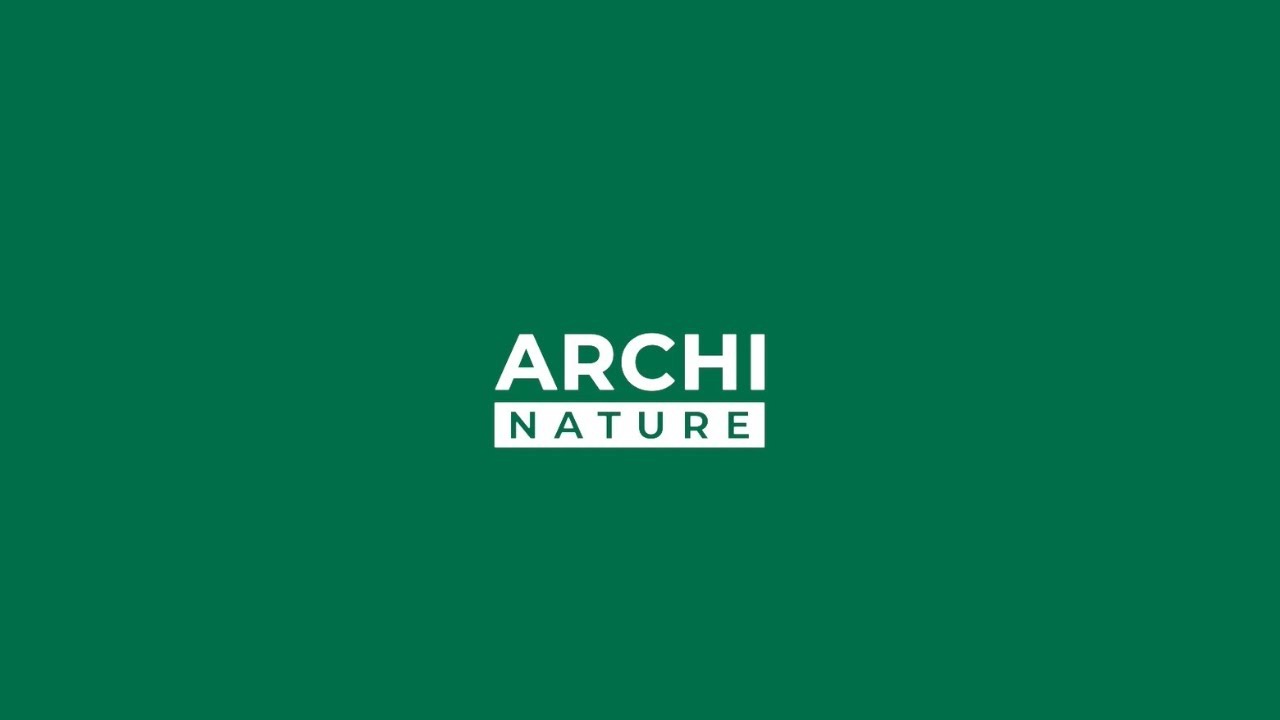
Milan, a city in continuous transformation, is an important framework for the work of Paolo Asti, founder of Asti Architetti.
In this interview, Paolo Asti shares his vision regarding the refurbishment of the existing building heritage and his conception of architecture that dialogues with the surrounding environment, including greenery as a central element in the project. Through his work, Asti seeks to preserve the identity of the city, maintaining a balance between the past, the roots, and the future.

At Asti Architetti we mainly focus on renovating the existing building heritage, without limiting ourselves to a specific sector. Our ambition is to improve the city in all its urban facets. Currently, residential construction is particularly in demand by customers and for socio-economic reasons.
People are re-evaluating the concept of home as a refuge, not necessarily cheap, for their inner peace. This transformation in people's understanding of living and expectations of security has led to a renewed interest in the quality of living. However, our main field of intervention is the renovation of the existing building heritage, with a predominant focus on Milan.
My career has developed around the transformation of the city into pieces. Over the last 20 years, Milan has been a unique case in Italy because it has been able to use private resources to transform itself significantly. I do not know of many large-scale public interventions. On the other hand, there have been many independent actions, although they are all gradual and piecemeal.
From a broader perspective, Milan represents Europe's largest diffuse construction site, with a series of direct urban interventions that have led to a large-scale transformation.
Milan has transformed itself from a monocentric to a pluricentric city. In this way, Milan has become a more vibrant city with a better overall quality of life.
Madrid might be another example, but in terms of numbers, there is no comparison.
However, I would like to describe the details of our most recent projects.
The main project my studio is currently working on is the restoration of the Velasca Tower. You must have seen many photographs of this tower.
Soon, pictures of the square we have created will also arrive. The restoration of the existing heritage is not only limited to the tower but also involves the square, which never existed in the past. This intervention testifies to our approach, which does not necessarily call for demolition and reconstruction, but rather the rehabilitation of the existing heritage through repurposing buildings.
I would also like to mention another recently completed project. The renovation of a building in Via Mezziderilla, which used to be Cepu, the Distance University. We cut the building in half, keeping the lower part as a visual memory element, and built a sort of stepped steel and glass spaceship on the upper part. This intervention creates a harmonious dialogue with the surrounding environment and represents our way of creating contemporaneity by confronting the past, the roots, and the future.
This intervention has essentially transformed the building into a campus, with green spaces and squares integrating with the other buildings in the project. We recovered the Milanese industrial tradition of stained glass to stimulate interest on the inside.
Green is not only a design element for us, but also an increasingly frequent request from clients and future users of our buildings, both residential and commercial.
Until recently, greenery was considered only as an additional element in the final design phase, almost as a negligible detail. Even on construction sites, it was often only addressed at the end due to timing issues. Today, however, greenery is taking on an increasingly important role in design and construction. People want green spaces.
For example, if we are constructing a residential building and we do not provide green spaces, either private or communal, the whole project does not go ahead. In our projects, greenery becomes a central element in the common parts of the buildings, greatly influencing the overall design, especially in terms of overlooks.
I like to emphasize a particular aspect of my practice: the olive tree. In many projects, I have included olive trees, preferably centuries-old specimens. The olive tree has always had a symbolic and architectural significance for me. I appreciate its structure, strength, and ability to grow even in rough terrain with few roots. Interestingly, many people, even when I have no merit, identify my projects when they see a building with an olive tree, and this shows that people notice these things. People appreciate architecture with a green component, designed in parallel with the design. That brings a positive result.
It is hard to pinpoint a single word, but I would say that our main characteristic is the ability to interpret and adapt to the surrounding circumstances. That is a personal characteristic of mine and of my studio. I think it is indispensable for people doing architecture in Italy. We cannot only follow the logic of the grand architectural gesture because we have a greater responsibility to the genius loci.
In recent years, global architecture, with a language that works well everywhere, has led to standardization that is not good for a city like Milan, which loses part of its identity. However, it is inevitable, because this allows people to feel a bit at home even when they come from other parts of the world.
I have noticed that many big foreign companies look for the old Milan, rather than a pseudo-New York when they choose their headquarters in Milan. This shows that, whenever possible, I try to be a Milanese architect, but only when it is appropriate. Otherwise, the immediate context always provides valuable suggestions for maintaining a balance and understanding our surroundings.
Thank you for your availability and for your insightful thoughts.
Thank you, it was a pleasure.
In an era of profound transformations, Paolo Asti of Asti Architetti stands out for his ability to interpret and adapt to his surroundings in the design process. By restoring the existing building stock and integrating greenery as a fundamental element, Paolo Asti aims to create a multi-centered Milan that preserves its identity and offers a better quality of life to residents. His attention to detail and his sensitivity toward his surroundings make him a significant player in the panorama of Milanese architecture.
The interview with Paolo Asti of Asti Architetti reveals the firm's unique and innovative approach to transforming Milan "piece by piece". With a strong emphasis on the recovery of the existing building stock and the integration of greenery as a design element, Asti Architetti contributes to shaping a pluricentric Milan, where past and future merge harmoniously.
Interview by Giorgio Tartaro




















